Below shows a conversion of unbalanced line to a balanced one:
My question is about: if the unbalanced line is very long which means the signal source and the isolation amplifier is apart from each other 100 meters for instance.
In that case, if the balancing isolation transformer is at the far end i.e. right before the difference amplifier, and the unbalanced line is very long what happens to the CM noise coupled on the unbalanced line?
Will it be rejected at the isolation amplifier? If no, does that mean the isolation amplifier should be right after the signal source?
